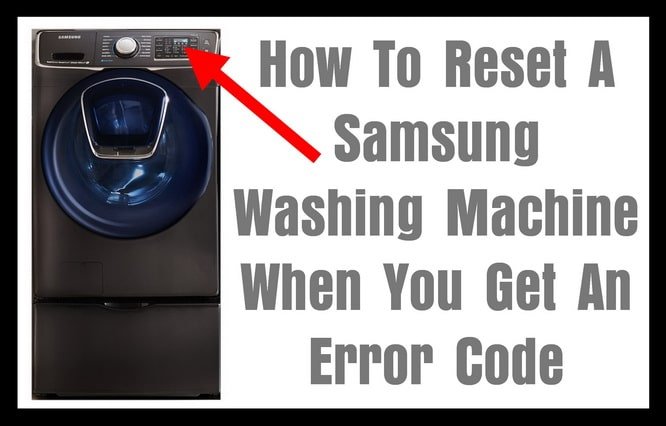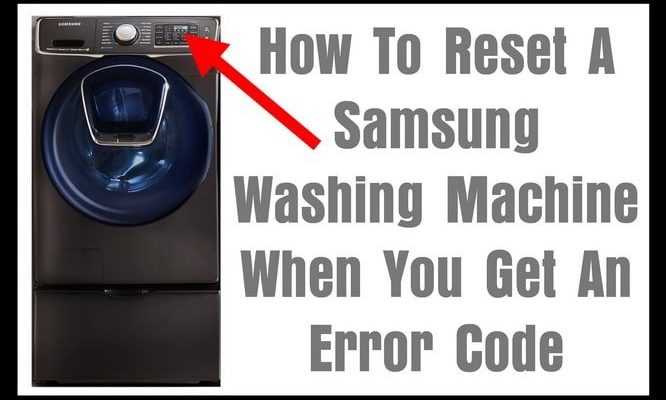
So, what’s causing this? It could be something as simple as a kinked hose, a clogged filter, or even a problem with your home’s water supply. Imagine your machine’s water inlet valve as a gatekeeper; if it’s blocked for any reason, then water can’t get through as it should. The E1 error is the machine’s way of waving a red flag and saying, “Hey, something’s up here!” But the good news is that with a little understanding and some preventative measures, you can keep this error at bay and ensure your washing machine runs smoothly in the future.
Understanding the Causes of Error Code E1
First up, let’s dive into what usually triggers that pesky E1 error code. At its core, it’s all about water flow. Picture your washing machine’s water inlet as a straw. If you try to sip a drink through a straw that’s bent or blocked, you’ll only get a trickle or nothing at all. Similarly, if there’s an issue with the water inlet or hoses, your washing machine won’t receive the water it needs.
One common cause is a kinked or crushed water hose. Let’s say you’ve pushed your washing machine against the wall a bit too tightly. This action could pinch the hose, effectively cutting off the water supply like stepping on a garden hose. Another culprit might be a clogged inlet filter. Over time, minerals and debris can build up, much like the buildup in an old coffee machine, stopping a smooth flow of water. Additionally, if there’s a problem with your water supply itself, perhaps due to an issue with your plumbing or a temporary outage, your machine will flag that too.
Knowing these causes can help you identify where things might be going wrong. If you’ve noticed a reduction in water pressure from other faucets, for instance, it might not be your washing machine at all, but rather a broader water supply issue. Recognizing these signs early can save you a lot of time and hassle.
Preventative Measures to Avoid Error Code E1
Now that we know what causes the E1 error, let’s look at how to nip it in the bud. The first step is regular maintenance. Just like you wouldn’t expect your car to run perfectly without regular oil changes or tire checks, your washing machine needs some TLC too. Regularly inspect the water hoses for any signs of damage or wear. If they seem pinched or kinked, reposition your washing machine to reduce the pressure on them.
Secondly, keep an eye on the inlet filters. These can become the proverbial Achilles’ heel of your washing machine if neglected. Every few months, detach the hose and give the filters a good clean. Imagine it like brushing your teeth to prevent cavities. It’s a simple step but crucial for the longevity of your machine.
Lastly, consider the overall water pressure in your home. If you’re having water pressure issues elsewhere, it might be worth checking in with your local water supplier or a plumber. Ensuring a stable and adequate water pressure will not only help your washing machine but also improve the efficiency of all your home appliances.
Future-Proofing Your Washing Machine
Thinking ahead, there’s a lot you can do to make sure you’re not in this predicament again. Investing in a water softener system can be hugely beneficial, especially if you live in an area with hard water. Think of it as a home-wide solution that keeps all your appliances running smoother and extends their lifespan.
Furthermore, consider scheduling regular professional maintenance checks. A qualified technician can offer insights and spot potential problems before they escalate. It’s like visiting the dentist for a check-up to prevent issues rather than treat them when they’re already a problem.
In summary, while the E1 error code might seem daunting, understanding, and addressing its causes can prevent future headaches. With a bit of attention and care, your Samsung washing machine can continue being the reliable household hero it was designed to be. Remember, a little proactivity can go a long way in ensuring peace of mind and a smoothly functioning laundry routine.
